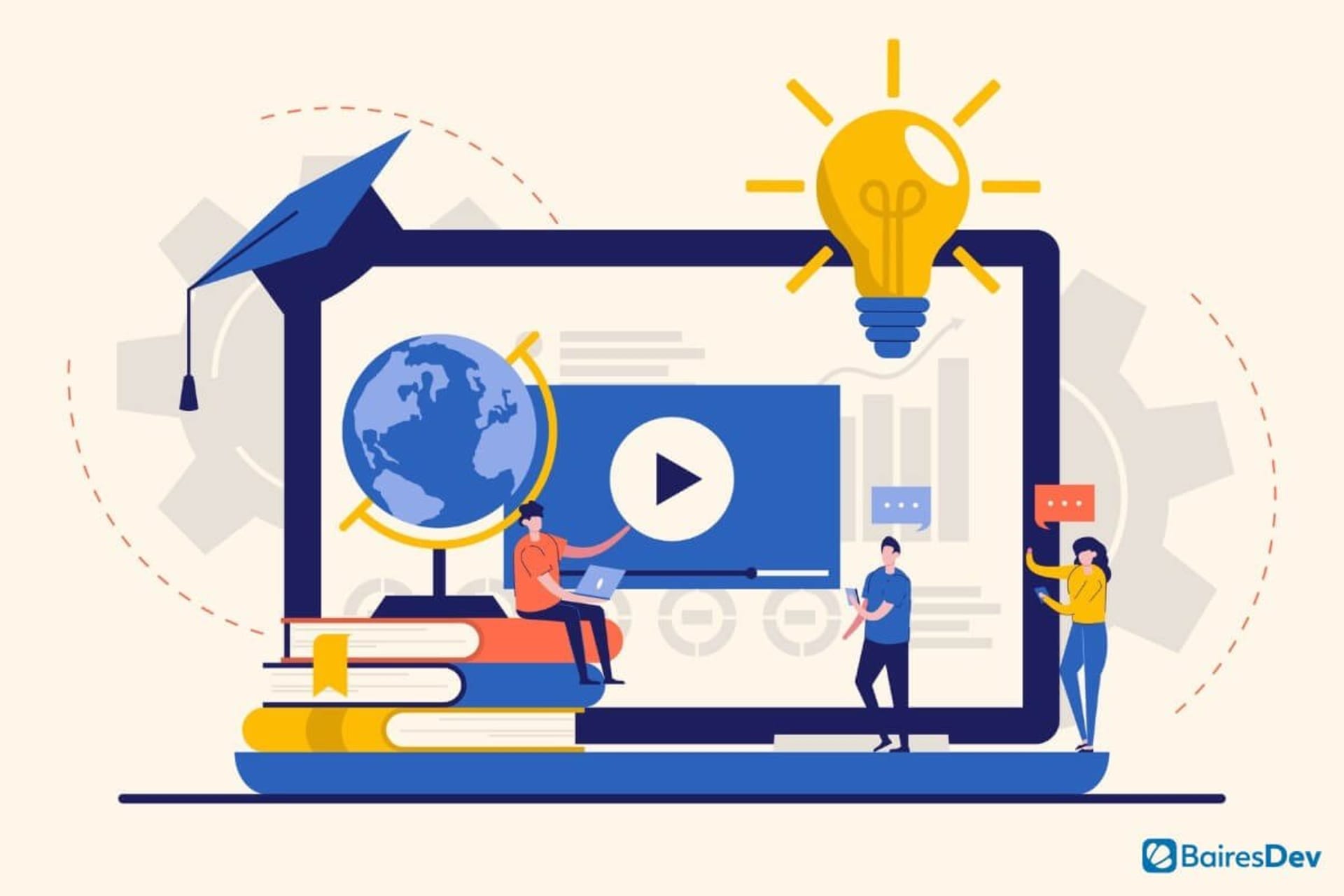It’s not the sexiest topic, for sure, but it’s an enormously important one nonetheless: software licensing. Your product could be phenomenal, but before you deploy it, you need to grapple with the legalities concerning the terms and conditions surrounding the distribution and usage of your software.
So, without further ado, here’s everything you need to know about software licensing.
What Is a Software License?
A software license is a legally binding agreement or contract between the software creators and the individuals who will be using it. It establishes conditions, terms, and definitions for how the end user can leverage, install, modify, alter, copy, and distribute the technology and its source code.
The rights and liabilities of both the user and the provider are spelled out in the software license. These rights are protected under copyright laws.
How Does It Work?
When a consumer begins to use software, typically, they must sign an end-user license agreement (EULA). The EULA provides legal terms regarding the rights of the individual planning to use that software. It also involves a variety of definitions and clarifications, centering around factors like the length of time during which the consumer may use it, the pricing, whether they can distribute it, the support they can expect, and more.
The statement is often lengthy. You have almost certainly encountered many licensing agreements before, and you may have quickly scrolled to the end before clicking the box saying you agree to the terms, although it’s in your best interest to read the agreement in full.
Why Does It Matter?
Software licenses actually protect both the user and the developer.
From a developer standpoint, they offer benefits like:
- Preventing users from performing actions like copying and distributing your software, if the license prohibits it
- Limiting your own liability
- Spelling out your own rights as a developer
- Allowing you to control the usage of your product
From a user standpoint, they provide advantages like:
- Helping you manage your tools and resources
- Allowing you to stay abreast of how you can use your technology
- Preventing you from paying for tools that aren’t necessary for your business
- Clarifying how the provider can use your private information
For both parties, the contract ensures that there are no misunderstandings as to how the software may be used.
Types of Software Licenses
Public Domain License
A public domain license allows anyone to use, modify, and distribute the software. Essentially, it indicates that the developer is opting out of their copyright. There are few, if any, restrictions.
This probably sounds familiar, because the public domain applies to many works and products, not just software. For example, many books published throughout history are now in the public domain, and anyone can freely read, adapt, or sell these works.
It’s important to be aware that not all free software carries a public domain license. Users should also be cautious because the code may not feature strong security.
Copyleft License
Copyleft licenses, also called restrictive licenses, are a type of open-source license that means that derivations of software must be open source like the original code. It indicates that the program and its modifications may all exist under the same terms, and the software may be altered and made free according to these conditions as well.
One famous type of copyleft license is the GNU General Public License (GPL). The GPL makes software free to everyone. Plus, users can change the program in any way.
GNU Lesser General Public License
The GNU Lesser General Public License, or LGPL, is a weak copyleft license, sitting in contrast to the GPL, which is a strong copyleft license. It incorporates the terms of the GPL with some addendums and restrictions.
Under the terms of the LGPL, you can link to open-source libraries within the software code. The user can make alterations to the software, incorporate it into their unique software, and then license it under a separate contract of their choice, with their own legal stipulations, as they so wish.
Permissive License
Permissive licenses are another type of open-source license. Unlike copyleft licenses, however, they have few requirements or stipulations about how users can leverage, alter, reproduce, or distribute the software. Common variants and examples of this type are the Apache License, the BSD License, and the MIT License, among others. Each of these types has different terms regarding use and distribution. Often, they have a warranty disclaimer attached.
Software developers are able to maintain their intellectual property rights. And while there are few restrictions, the developers can stipulate some terms and thus exercise control over what happens to their software.
Proprietary Software License
The propriety license is perhaps the most rigid type for users, while at the same time providing the greatest level of protection for software developers. This is the kind of license used for commercial software. Users, for the most part, aren’t allowed to modify, copy, or distribute software under the terms of this license, making it the most restrictive type available.
Major tech companies like Apple, Adobe, Microsoft, IBM, and Oracle are just some examples of businesses that use proprietary software licenses.
What’s the Best Type of License for Your Software?
Figuring out licensing when you’re creating new software can be challenging. Determining the right type for you is a tricky process that will usually demand input from legal experts. As you dive into the world of software development and licensing, consider the different models, thinking about the purpose behind your code and what you want users to be able — and not be able — to do with it. This, ultimately, will dictate the best choice for you and your team.






